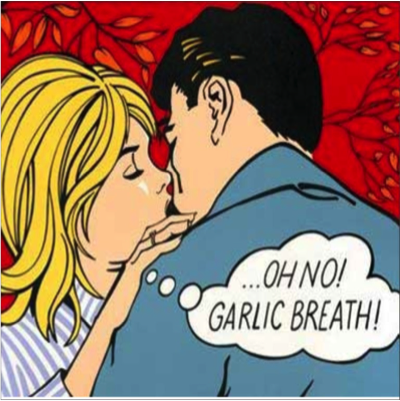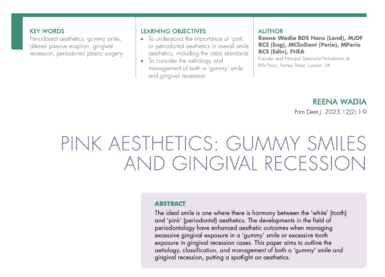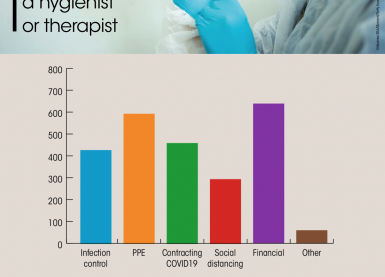Home/Articles
/ General Dental /
Helping patients avoid bad breath on Valentine’s Day (and every other day!)
June 21, 2021

- Bad breath is also known as halitosis, from the Latin halitus (exhalation) and the Greek osis (a condition or disease-causing process). Halitosis affects one third of the population and concerns about halitosis are estimated to be the third most frequent reason for seeking dental care.
- Intra-oral halitosis is when the source of halitosis lies within the mouth. Extra-oral halitosis is when the source of halitosis lies outside the mouth. Pseudo halitosis and halitophobia are terms used to describe patients who think or persist in believing they have halitosis, even after professional assessment and a diagnosis that they do not have halitosis. Temporary, or transient halitosis is caused by dietary factors such as Morning bad breath, an intra-oral halitosis upon awaking, is also transient. Morning bad breath is simply caused by the decrease in saliva production during the night.
- The 2 most common causes of halitosis to be aware of are tongue coating and periodontal disease. Other contributing factors to always consider include: xerostomia, candidal infections, medication and overhanging restorations or caries.
- Diagnosis should include a proper medical history questionnaire, periodontal examination, inspection of the coating of the tongue and an organoleptic description.
- If you diagnose halitosis:
- Advise the patient to stay well hydrated, regularly sip water and try sugar-free chewing gum. Ensure patients are aware that strongly flavoured foods, such as onions and garlic, can also cause temporary bad breath, as cansmoking and excessive amounts of alcohol.
- Optimise the patient’s oral hygiene practices including toothbrushing and interdental cleaning.
- Advice the use of a tongue cleaning device when tongue coating is present.
- Provide periodontal therapy if required.
- Recommend the use of chemical agents with proven efficacy. Mouthrinses and dentifrices with the following active ingredients have a significantly beneficial effect: Chlorhexidine (e.g. Corsodyl), Cetylpyridinium chloride (e.g. Colgate Total, Colgate Plax and Dentyl Active) and Zinc combinations (e.g. CB12 and BreathRx).
- If you suspect the source of halitosis may be extra-oral, the patient may require medical referral. Non-bloodborne extra-oral halitosis may originate from pathologic conditions outside the mouth such as nasal, paranasal and laryngeal regions, lungs or upper digestive tract. In the case of a blood-borne extra-oral halitosis the malodour is emitted via the lungs and originates from disorders anywhere in the body (e.g. hepatic cirrhosis). Halitophobia patients may also require referral. Both extra-oral halitosis and halitophobia account for less than 10% of cases so these will be less commonly encountered.
Learn more by reading our other articles here.



